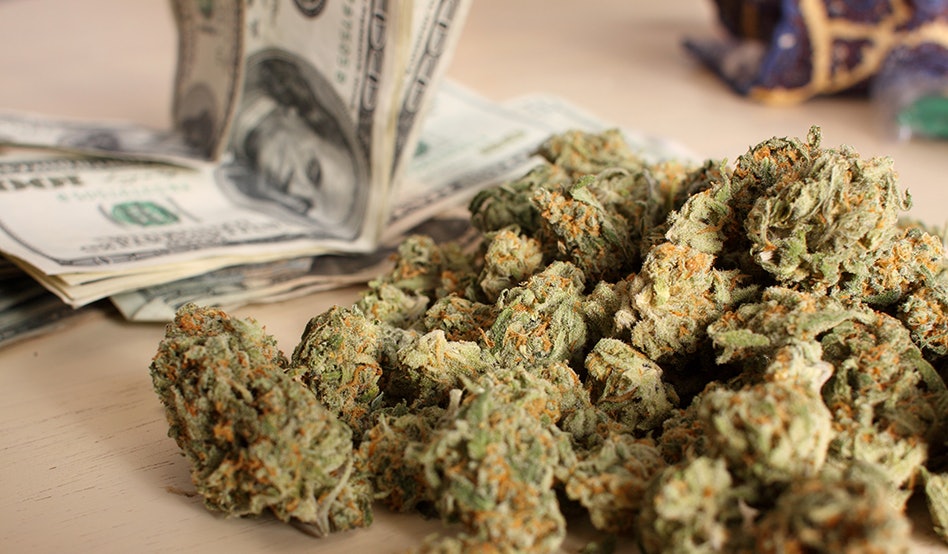Legislation to repeal California’s cannabis excise tax increase likely won’t come in time.
The California Department of Tax and Fee Administration (CDTFA) announced May 1 that it’s required by law to increase the excise tax levied on cannabis retail sales from 15% to 19% starting on July 1, representing a 26.7% rate increase on an already overtaxed marketplace.
The law, orchestrated by Gov. Gavin Newsom in 2022, also requires the CDTFA to adjust the excise tax rate every two years moving forward unless the tax code is amended.
“We are aware of proposals to change our requirement to adjust the cannabis excise tax rate,” according to a CDTFA special notice released May 1. “If there are any changes that will affect the tax rate, you will receive another notification from us.”
Rep. Matt Haney, D-San Francisco, is sponsoring Assembly Bill 564, legislation that aims to cancel the excise tax increase on dispensary sales. The bill gained momentum when the California Assembly Business and Professions Committee voted, 15-0, on April 22 to advance it.
Haney’s bill would amend the state’s Revenue and Taxation Code and take effect immediately upon enactment, but time is running short before the July 1 excise tax increase is implemented.
The threat of the tax increase comes at a time when California’s illicit market continues to dwarf the state’s licensed market; however, the CDTFA’s hands are tied in the absence of a legislative fix for the industry.
“Cannabis retailers are responsible for collecting the cannabis excise tax from their customers who purchase cannabis or cannabis products based on the gross receipts from the retail sale,” according to the CDTFA. “Gross receipts generally include any amount the purchaser is required to pay to purchase the cannabis or cannabis products.”
The CDTFA provided an example of how the state’s local cannabis excise tax is calculated.
The specific example outlined below is based on a non-storefront retailer in Los Angeles that would be responsible for remitting a 10% local cannabis business tax, a 19% excise tax and a $9.75% state sales tax, which are stacked for the total amount due.
This example highlights how a $35 purchase can quickly turn into a $60-plus transaction for a California cannabis consumer, who could be swayed to save the $25 upcharge on their next purchase should he or she choose an unregulated source.
Even omitting the service and delivery fees, the final total due in the example above would be $50.29, representing 43.7% in cumulative taxes from the original $35 selling price.
The forthcoming tax hike comes at a time when an estimated 63% of the 3.8 million pounds of cannabis consumed by Californians in 2024 came from unlicensed production, according to an ERA Economics report commissioned by the state’s Department of Cannabis Control.
So, why is the state jacking up the excise rate on a licensed cannabis industry that has yet to outpace its unlicensed counterparts?
“The rate change reflects an additional percentage equivalent to the amount of cultivation tax that would have been collected if the cultivation tax had not ended,” according to the CDTFA.
Specifically, when Newsom signed Assembly Bill 195 into law—legislation that was attached as a trailer to his 2022-2023 state budget—it eliminated California’s weight-based cultivation tax on July 1, 2022. In turn, it established trigger language to automatically increase the state’s excise tax (up to 19%) three years later if the industry’s tax revenues fell below a threshold promised to Tier 3 organizations that benefit from the tax revenue.
Despite the licensed industry providing the state roughly $7 billion in tax revenues since adult-use sales launched in 2018, cannabis stakeholders argue there will be no industry left to tax if the current market dynamics don’t change.
Despite legislation aiming to prevent the tax hike, the state’s tax agency indicated its hands are currently tied. Read More


